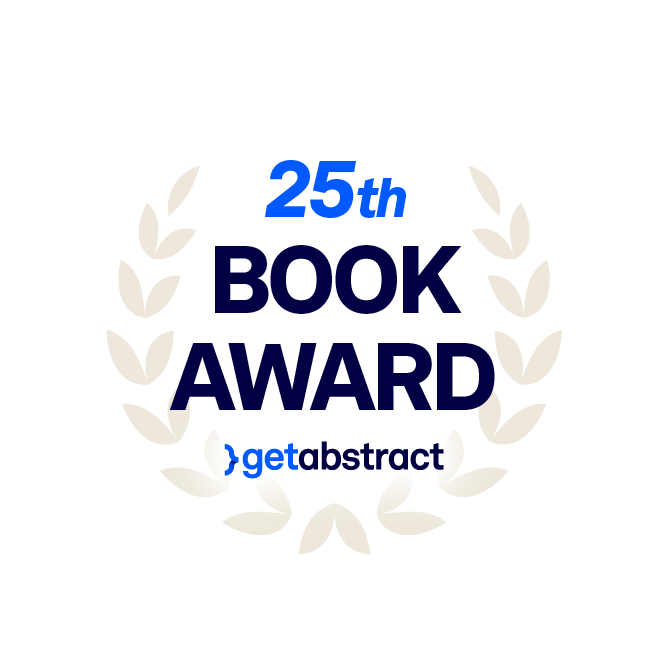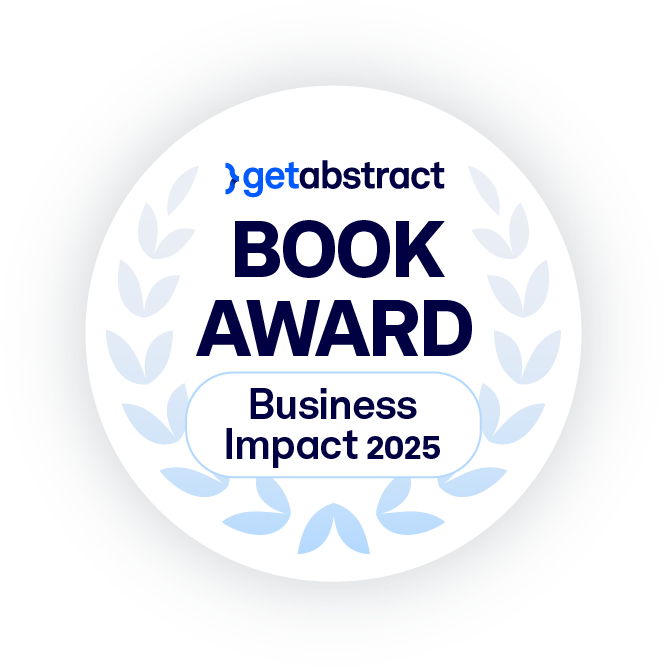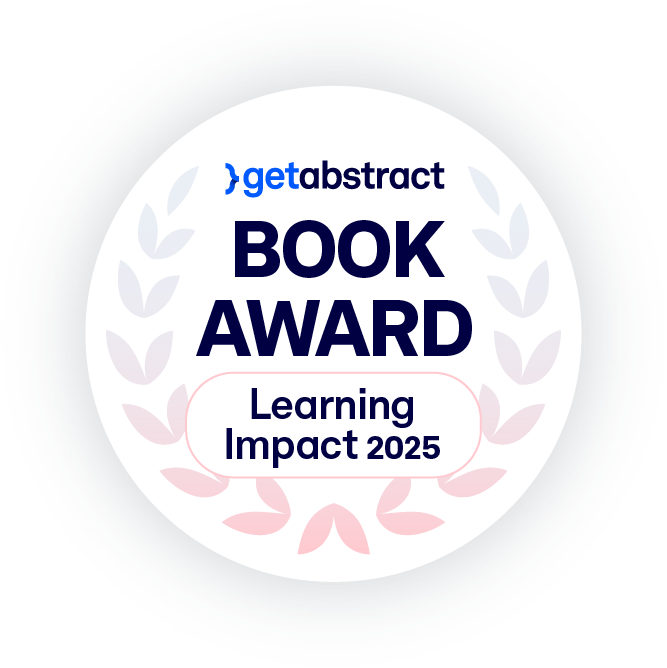People First!

The current crisis arising from the coronavirus pandemic makes one thing clear (which until recently had to be laboriously pointed out in lengthy seminars): Our complex world, in which everything is interconnected and changing all the time, is sometimes scary.
Sadly, fear does not make people more productive. Quite the contrary: Fear makes us rigid and risk-averse. In fact, there is hardly anything worse in the working environment than fear. Placed in fearful situations, people enact rational responses: They do what they are told, and if they are employees, most of them will strictly follow their job description, attitudes and behavior. This can lead to an incredible loss of agility, innovation potential and efficiency for a company.

Employees: Recognize me!
In the past few years, executives have been busy keeping up with rapid change. And as is often the case when people in leadership roles drive change, they focus on those changes that can be demonstrated and exhibited. So, most of them focused on “a digital strategy” for their companies. However necessary this may be, the urgency is rather to design and implement something completely different: a human strategy. That’s basically what the concept of “New Work” is all about.

Although the idea is anything but new, it’s still really important. The notion of New Work – first theorized by the Austrian-American philosopher Frithjof H. Bergmann (read an interesting interview here) in the 1970s – focuses on human beings’ relationship between work and autonomy, freedom and belonging to a group. What Bergmann pointed out 40 years ago has never been so meaningful and necessary: New Work is not about technology, it is about purpose. And young professionals crave meaningful tasks within a company that carries out meaningful work. Basically, innovative and performing organizations need to invest in their employees, because happy employees make customers happy – by being kind, creative, flexible and productive. Unhappy employees don’t.
But what does investing in people exactly mean? It does definitely not mean putting some mission statements on filthy yellowish paper pinned on the blackboard next to coffee machine, or lost on the corporate website.

First, employees want to be recognized. Not (only) with money since we know by now that financial compensation does not create lasting or intrinsic motivation. Employees need to be seen not only as professionals but also as human beings – as a father, a mother, a hiking fan, a travel enthusiast, etc.
In that sense, seeing kids steadily interrupting ‘serious’ Zoom meetings these days might actually bring some of us closer to seeing the other as a person and not just as a member of a workforce.
Second, especially in stressful situations (such as facing a pandemic), it is essential to focus on relationships. When we are scared we tend to become rigid and cut ourselves off from others. That is exactly when conflicts arise and energy is wasted. If, instead, we’d connected with each other beforehand as a team, we can solve problems with calmness and dedication. And if you believe in science, as I do, these are the basic requirements for strategic success.

Employees crave connection and fulfillment. If they can identify with the purpose of the company and feel seen and heard in a safe space created by the management, they will be truly creative and exceed expectations.
Customers: Make Us Recognize You!
Remember that not only your staff but your customers need to be taken care of. Today, 80% of companies believe they offer a very good experience. But guess what? Only 8% of customers share this opinion. It’s no longer enough to launch some product and then aggressively promote it so that customers notice your company. To be successful in times of rapid change, you have to be customer-centric. But what does this really mean?
Organizing your company and its processes around the customer means higher customer satisfaction and greater loyalty to your products, thus generating a greater willingness to pay for your goods and services and an increase in recommendations.
In a world of immediate reactions on social media and potentially controversial posts and conversations online, the customer is no longer at the mercy of the company: These days, the deer has the gun. The customer doesn’t wait for a survey as required by ISO standards to express his or her dissatisfaction. Today, the customer compares prices and shares his or her opinions or findings on LinkedIn, Facebook or Twitter. The customer is both an evaluator and content creator. Buyers tend to trust other buyers more than experts. Travelers trust other travelers more than experienced travel journalists or agencies. Individual feedback is amplified by communities and (ultimately) reaches the traditional media.
Because customer reviews are on the rise thanks to social media, traditional marketing tends to be discarded or disrupted: 86% of TV viewers skip advertising, 91% unsubscribe to newsletters, 44% of direct mail advertising is never opened and 200 million people are on the lists that protect them against call-center advertising.
Marketer-centric forms of promotion – sending messages to the masses while interrupting them – is over. Inbound marketing is a must. Rather than sending out messages to potential customers, you make sure that the people looking for your products will find you. This is done by providing content with added value to the customer (just like this Journal). Inbound marketing is consumer-centric; it does not interrupt the customer but attracts or seduces him or her. Inbound marketing is personalized and data-driven. Rating websites, shopping guides, influencer blogs or social media feeds play a major role in this area.

Of course, emotions are a key element in the struggle for gaining the attention of consumers. Successful companies identify their most enthusiastic customers, engaging with these fans and promoting them to ambassadors in their marketing strategies. Teaming up with the customers who love their products most, they create content. Four elements are essential: relevance, credibility, emotion and differentiation.
So, adapt structures and processes to improve your knowledge of your people: employees, customers and all your other stakeholders as well, such as suppliers, associations or social groups. Address their changing needs! If you live human-centered daily, if you put people first, you will automatically make this part of your firm’s corporate culture.







